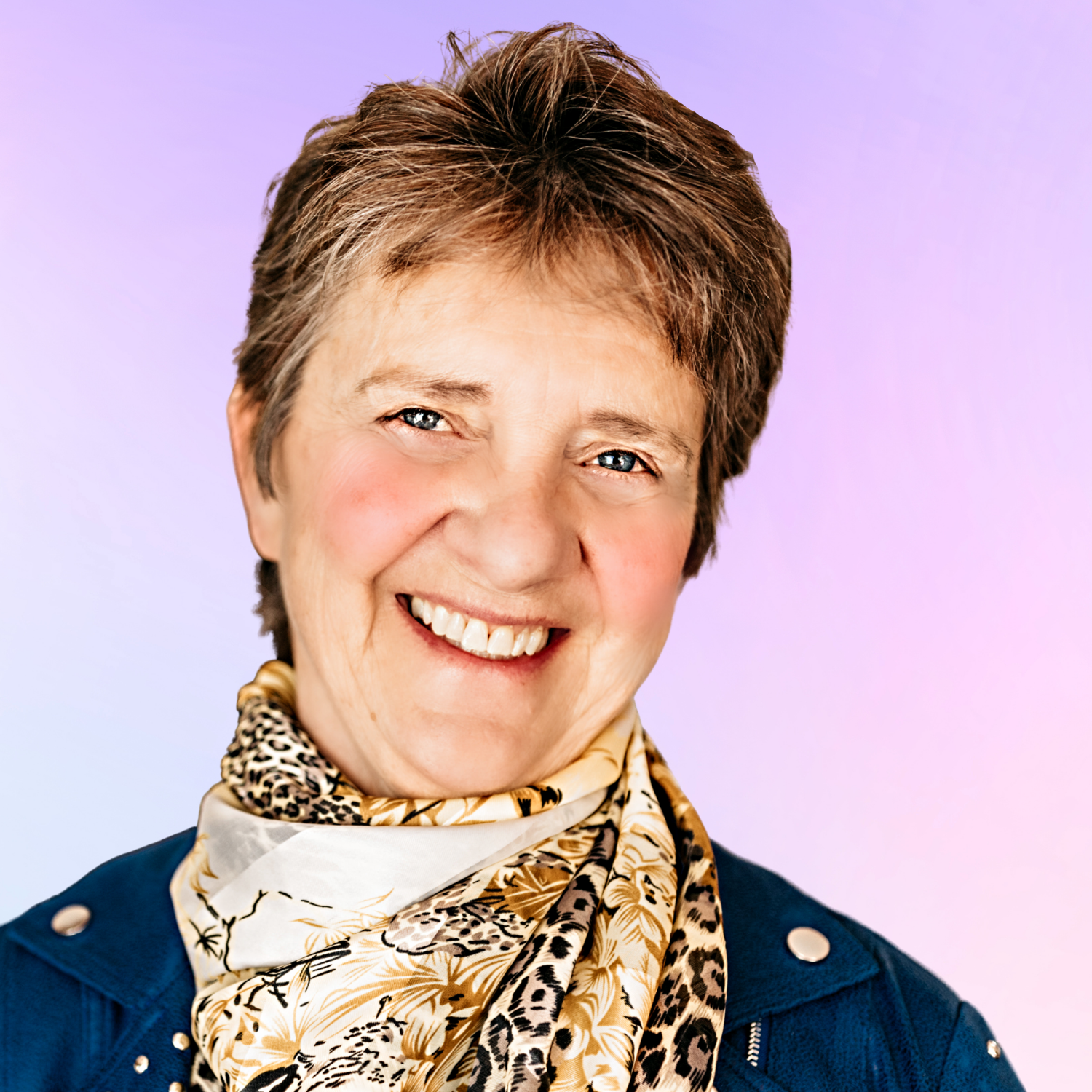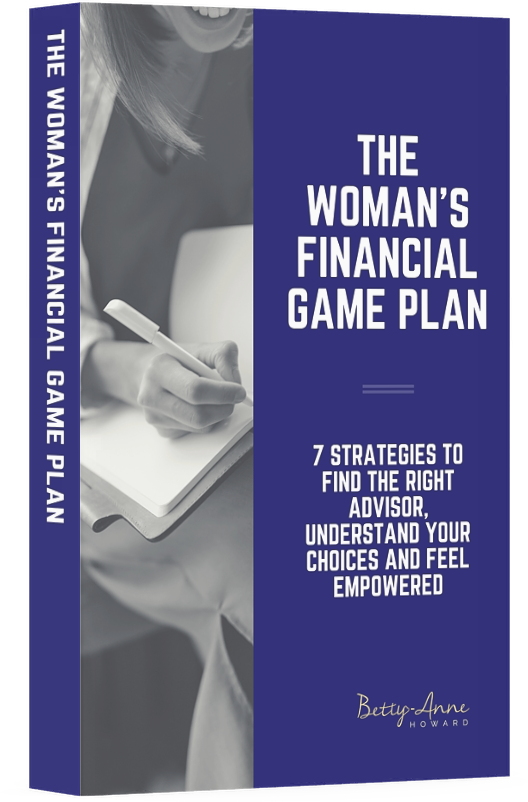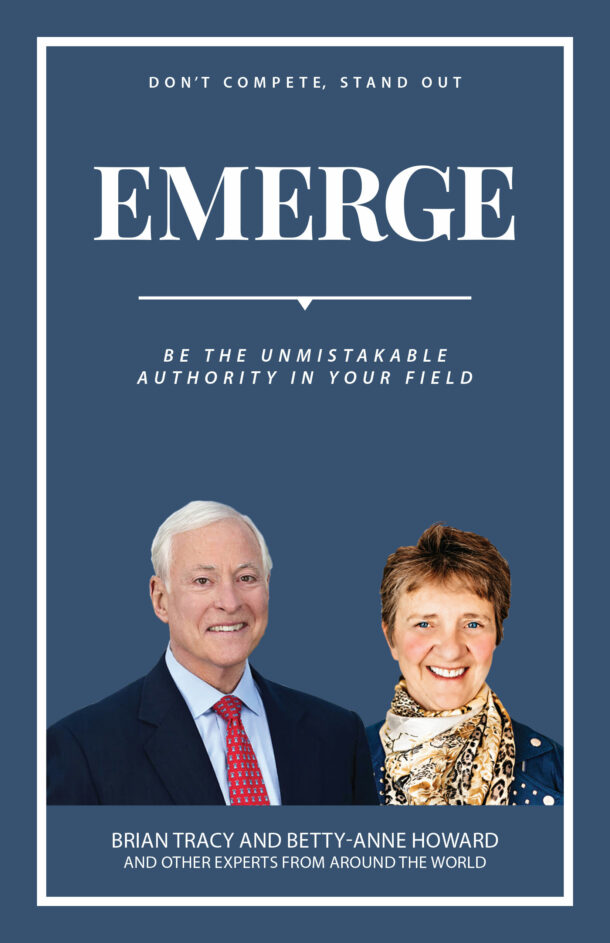
In Part 1 of our journey through Estate and Legacy Planning, we explored the heart and head of this intricate process, delving into the profound significance of aligning personal values and desires with strategic planning. We’ve discussed the importance of starting with your heart, identifying the impact you wish to leave, and understanding how your assets can be a force for good in the world.
Now, in Part 2, we will continue our exploration by focusing on specific steps and strategies that can help you achieve your estate planning goals. We’ll break down the process into manageable steps, such as asking exploratory questions to clarify your intentions, collecting vital information about your assets, and forming a comprehensive plan that aligns with your values and objectives.
We’ll also discuss the critical aspect of choosing an executor for your estate and how this decision can shape the future of your legacy.
At the heart of our philosophy is empowerment through knowledge, and we believe that informed decisions are the key to a successful estate plan. Join us as we dive into the practical aspects of estate planning and discover how you can leave a lasting impact on your loved ones, your community, and the world. Remember, information is power, and together, we’ll unlock the potential of your Estate and Legacy Plan.
How to Achieve Estate Planning Goals Using Different Strategies

We’ve been co-creating estate and legacy plans with our clients for many years. We can say that no two plans look alike, as no two people have the same values, purpose and vision for how they’d like to distribute their estate. Usually, the vision takes time to create as so many people are unsure how different strategies can help them achieve their goals.
Here is a breakdown of some specific steps you can take when working with a Financial Planner on your estate and legacy planning.
Step 1: Asking Exploratory Questions
When we work with clients, we always start with asking questions like “What do you want to achieve via your estate and legacy planning goals?”
Here’s an example from a client, let’s call her Sara.
Sara told us, “I don’t want to leave all of my money directly to my only adult child; I want to leave some money to my friends, and I want to direct some of what I have to charitable giving.”
We then explored more about her values and relationships with her son, Grandchildren, friends, and specific charities. This is an exploration we do with a tremendous amount of curiosity, as most people haven’t thought about their estate planning using this lens.
Ultimately, we like to “quantify” those goals stated earlier on and ask our clients to think about them more specifically as a starting point, given we know that we’ll need a clearer picture of the value of their assets along with the income tax implication of those assets at their death.
We then asked Sara, “How much would you like to leave to your family? What concerns do you have about your only child, in managing his inheritance, which would also include your grandchildren?”
The other goal for Sara was to save as much money in income taxes at her death as possible by redirecting money from CRA to charitable gifts. How we figured out the best way to meet her legacy goals will be discussed later in this blog.
Step 2: Collecting Information

In addition to our exploration questions, we needed to collect specific information or data, if you will, to continue our conversation about how best to structure Sara’s estate to meet her goals optimally. Knowing and understanding the income tax implications at your death, what we call your Estate Tax Liability calculation.
We structure this calculation using a colour-coding system based on how assets are taxed:
Green assets – your home, TFSA – no tax
Yellow assets – second property (cottage or rental property), non-registered or Open Portfolio – taxed at 50%
Red assets – RRSP/RRIF, interest income – taxed at 100%.
This way, you are provided with a clear picture based on the type of assets you have and how much they’ll be taxed. This process is often eye-opening, especially as we go on to address how this tax liability is to be taken care of, along with exploring other strategies & options, the pros and cons of each, to minimize this tax liability.
Step 3: Forming a Plan
The final plan ended up looking like this after a great deal of soul-searching and discussing all the options available along with the benefits of those options:
-
- How to pass on Sara’s wealth to her son Andrew and Granddaughter, providing them immediately, at her death, with some of her assets directly and having other assets be managed for the ultimate planning needs of their family.
Of the 75% of Sara’s entire estate to be left to her family, i.e. her son and granddaughter, a large portion of that was her beautiful mortgage-free home. The intention was to provide her son with some of his options regarding her home, as a substantial portion of his inheritance, to live there or sell it for the cash, so, therefore, her home would be left directly to her son.
As Sara said, “he can sell it, he can move in, he can do whatever he wants with it” – the current value is approximately $1 million. The other portion of her estate to be left to her son and granddaughter will be directed to a family trust whereby the trust funds could be accessed based on the income the trust would generate, along with the option to access the capital based on future needs.
What Sara felt particularly good about is that with these provisions, the expectations would be to work with us as the Financial Planner in helping her son and then advising the Trustee on how to utilize these funds to meet their ongoing personal financial planning needs. In this case, the Trustee is Fiduciary Trust Canada—more on how best to select a Trustee later in this blog.
2. How best to meet Sara’s Legacy Goals. When presented with different options, Sara especially liked the idea of setting up a Charitable Giving Trust – which within the financial services industry is known as a “DAF” Donor Advised Fund. The main reason this structure was chosen as a preferred means to achieve her goals is that it meant she would be passing on her philanthropic or legacy values and beliefs to not only the next generation but in perpetuity.
This appealed to her, and she kept returning to this option to understand how it works and get set up fully. We built into her estate and legacy plan donating “appreciated securities” in kind to the Charitable Giving Trust at her death, along with a percentage of her assets that comprised 25% of her estate to both maximize her tax credits and savings at her death and to achieve her personal legacy goals.
As mentioned earlier, we kept going back to the Estate Tax Liability spreadsheet and adjusting the tax liability based on the updated plan and through our discussions, so Sara felt good about her decisions.
3. Additional Bequests for Friends. This was another topic that we discussed in great detail. We tried to find amounts and percentages of Sara’s estate that made sense to her. She decided to allocate $10,000 to go to ten of her closest friends.
A question we often get asked is this; “Is it better to leave certain amounts to your heirs and inheritors, including charities, vs. stating a percentage of your estate”?
This question is why I like to do both as we engage in the planning process. Given that we are looking at your financial picture today and have those numbers, we can start there and then convert that into percentages, which helps clients picture the plan using another lens. Sometimes, it turns out that specified amounts will work better. In Sara’s case, when she realized she’d be leaving 20% of her estate to her friends, she adjusted that percentage to bequest amounts of $10,000 for each of her ten friends.

How To Choose An Executor for Your Estate
Another concern we hear a lot more lately is how to choose an executor for your estate. This is especially true for women who are on their own and don’t want to saddle either their friends or family with the role of Executor of their will and for Powers of Attorney for Property, especially if it’s a somewhat larger estate, i.e. over $2 million.
We did some research and had great discussions with the team at Fiduciary Trust Canada. When we compared what FTC was offering with other bank-run and controlled Trust companies, we decided this would be a great resource for our clients who have estates over $2 million and those seeking out these services who aren’t yet our clients.
What stood out for me the most in our discussions with them is how helpful they are to us on behalf of our clients and how they like to work collaboratively with Financial Advisors and our clients’ lawyers to ensure their Will reflects their values, goals and, therefore the overall estate plan.
Sara is delighted that she no longer has to worry about what would happen if she became debilitated and couldn’t decide about her finances, as FTC will be her Power of Attorney for Finances. We have a written integrated plan to help guide that process with our office working closely with FTC.
The peace of mind Sara has gained by getting all her ducks in a row, as she called it, is immeasurable. We all have that confidence that what we’ve put in place and shared with her lawyer to draft her will, which will be reviewed by FTC, also gives us peace of mind.
We also know, as does Sara, that whenever anything changes in her life that would impact her estate and legacy plan, we can check in and make changes at our annual review. And at the very least we review the entire plan every 5 years.
Information Is Power
Estate and Legacy planning is something we love to do, and we would like to see more people engaging in this process. Our philosophy has always been and will continue to be an empowerment model, which means we want you to be able to make informed decisions – information is power in our minds. The only way to make an informed decision is to clearly understand what you want to achieve, which can go from a general vague idea to the specifics.
It’s our role to help you do a deeper dive into what’s important to you, helping you understand your options so you can decide what will be the best plan for you. This includes incorporating tax consequences at your death, & then generating tax-efficient strategies to minimize your income taxes at death while meeting your legacy goals and your family’s needs. This is the “hands” part of our heart-head-hands process.

Finding The Right Heart-Head-Hands Advisor
I’m going to close on a story – I met a young financial advisor in the coffee room of a shared workspace location. We had rented out one of their board rooms for client meetings in Ottawa. This Advisor happened to see something we’d written on the board for our clients that led him to know that we were engaging in estate planning.
He said, “I dislike estate planning, so I don’t do it!” I already knew that most financial advisors don’t engage in estate planning with their clients, and I saw this as a great opportunity to ask him why that was.
“Mostly,” he replied, “it’s because it takes up way too much time!” He went on to say, “I’m not confident I know enough to engage with my clients in this area, and besides, I need to focus on selling insurance and investments to make money!”
This sums up I believe many of the problems with the current landscape of estate and legacy planning – it’s crucial to choose the right heart-head-hands person for the job! Financial Services has a key role to play in coaching Canadians in the area of Estate and Legacy Planning. In fact, the Canadian Association of Gift Planners works closely with Financial Advisors in helping them understand more fully Planned Giving Opportunities and Strategies.
In addition, the Knowledge Bureau has a Masters in Financial Advising in Philanthropy designation that I obtained along with our Executive Assistant Jingling Li, who works closely with me on our clients’ estate plans. She has two additional designations: Certified Professional Accountant – CPA and Trust and Estate Practitioner (TEP).
It’s important to work with knowledgeable professionals with expertise in the area of Estate and Legacy Planning for holistic planning that incorporates making a difference in your family’s lives and the lives of others.
And, of course, you can always reach out to us to learn more about how we, too, can help you build your estate and legacy plan.
Summing It Up
Estate and Legacy Planning isn’t just about numbers and documents; it’s a journey that reflects your deepest values and aspirations. If you haven’t had the chance to explore Part 1 of our discussion, you can catch up on it right here.
In this two-part series, I dove into the heart and head of estate planning, discussing how to align your goals with strategies that truly matter to you. I’ve also explored the practical steps, from asking the right questions to forming a comprehensive plan, and I’ve highlighted the importance of choosing the right executor and collaborating with experts in the field.
Remember, it’s all about empowering yourself through knowledge, and we’re here to guide you every step of the way. Your Estate and Legacy Plan is your chance to leave a meaningful legacy that reflects your values and makes a lasting impact. Feel free to reach out, and together, we’ll embark on this journey of heart, head, and hands (Action!) to create the legacy you envision.






0 Comments